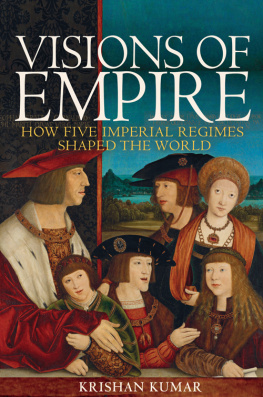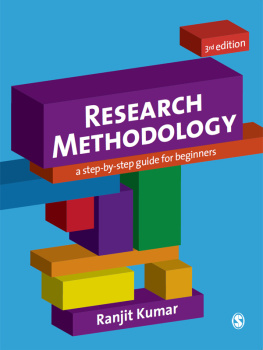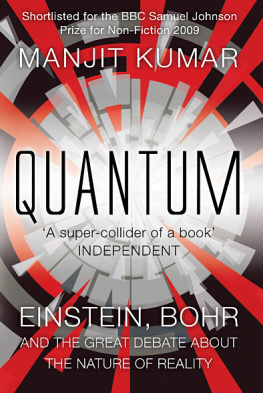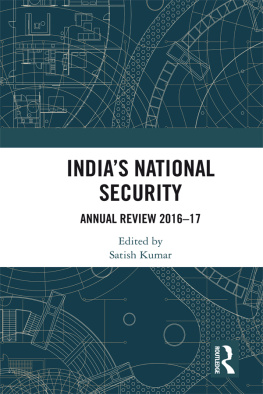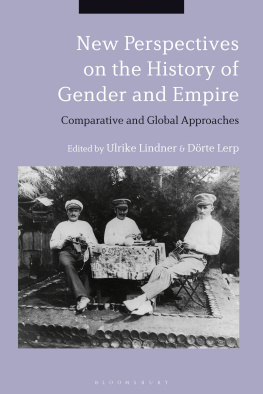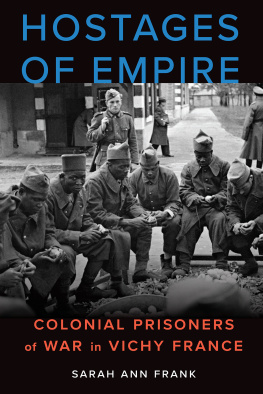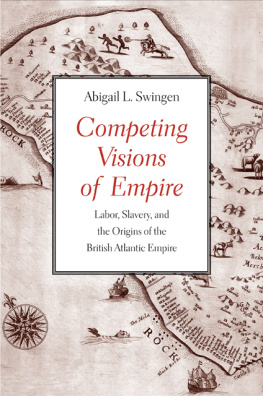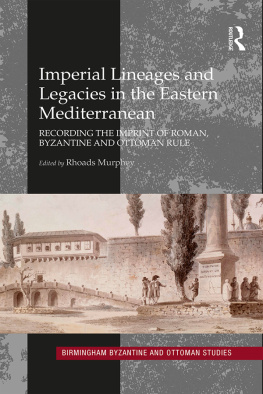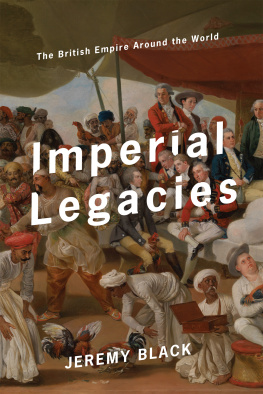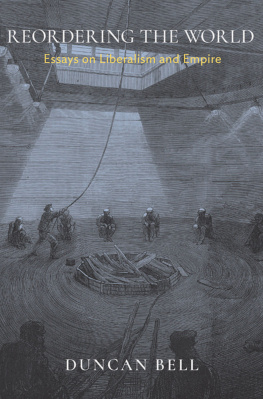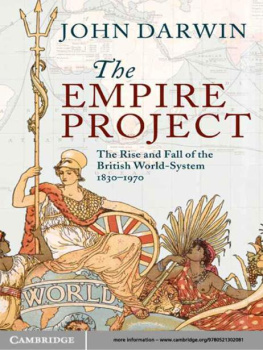Kumar - Visions of Empire: How Five Imperial Regimes Shaped the World
Here you can read online Kumar - Visions of Empire: How Five Imperial Regimes Shaped the World full text of the book (entire story) in english for free. Download pdf and epub, get meaning, cover and reviews about this ebook. City: Frankreich;Großbritannien;Osmanisches Reich;Österreich;Russland, year: 2017, publisher: Princeton University Press, genre: Politics. Description of the work, (preface) as well as reviews are available. Best literature library LitArk.com created for fans of good reading and offers a wide selection of genres:
Romance novel
Science fiction
Adventure
Detective
Science
History
Home and family
Prose
Art
Politics
Computer
Non-fiction
Religion
Business
Children
Humor
Choose a favorite category and find really read worthwhile books. Enjoy immersion in the world of imagination, feel the emotions of the characters or learn something new for yourself, make an fascinating discovery.
Visions of Empire: How Five Imperial Regimes Shaped the World: summary, description and annotation
We offer to read an annotation, description, summary or preface (depends on what the author of the book "Visions of Empire: How Five Imperial Regimes Shaped the World" wrote himself). If you haven't found the necessary information about the book — write in the comments, we will try to find it.
Kumar: author's other books
Who wrote Visions of Empire: How Five Imperial Regimes Shaped the World? Find out the surname, the name of the author of the book and a list of all author's works by series.
Visions of Empire: How Five Imperial Regimes Shaped the World — read online for free the complete book (whole text) full work
Below is the text of the book, divided by pages. System saving the place of the last page read, allows you to conveniently read the book "Visions of Empire: How Five Imperial Regimes Shaped the World" online for free, without having to search again every time where you left off. Put a bookmark, and you can go to the page where you finished reading at any time.
Font size:
Interval:
Bookmark:

VISIONS OF EMPIRE
Visions of Empire
HOW FIVE IMPERIAL REGIMES
SHAPED THE WORLD
KRISHAN KUMAR
PRINCETON UNIVERSITY PRESS
PRINCETON & OXFORD
Copyright 2017 by Princeton University Press
Published by Princeton University Press,
41 William Street, Princeton, New Jersey 08540
In the United Kingdom: Princeton University Press,
6 Oxford Street, Woodstock, Oxfordshire OX20 1TR
press.princeton.edu
Jacket art: Bernhard Strigel (14651528), Portrait of Emperor Maximilian and His
Family, c. 1515, oil on lime, 72.8 60.4 cm. (28.7 23.8 in.)
All Rights Reserved
Library of Congress Cataloging-in-Publication Data
Names: Kumar, Krishan, 1942 author.
Title: Visions of empire : how five imperial regimes shaped the world / Krishan Kumar.
Description: Princeton : Princeton University Press, 2017. | Includes bibliographical
references and index.
Identifiers: LCCN 2016044668 | ISBN 9780691153636 (hardcover : alk. paper)
Subjects: LCSH: ImperialismCase studies. | World politics. | World history.
Classification: LCC D32 .K86 2017 | DDC 904dc23
LC record available at https://lccn.loc.gov/2016044668
British Library Cataloging-in-Publication Data is available
This book has been composed in Arno Pro
Printed on acid-free paper.
Printed in the United States of America
10 9 8 7 6 5 4 3 2 1
To my family, empires children,
in London, Geneva, Charlottesville, Port-of-Spain, Delhi
CONTENTS
ILLUSTRATIONS
Maps
Figures
PREFACE
THE STUDY OF empires is flourishing today as perhaps at no other time since the early twentieth century. Why that should be so is not entirely clear. Following the end of the European empires in the 1960s, there was a marked disinclination in nearly all of the former imperial countries to reflect on the imperial experience. Empire seemed over and done with; there were other pressing concerns, in the case of the Western Europeans the construction of a new European community; a wave of anti-imperial sentiment swept over the Third World, and in courting former colonies it seemed best not to dwell too much on imperial rule. Academics might continue to study and write about empire, but their students on the whole preferred to study other things. I was one of those students who, despite having as my tutor at my Cambridge college, St. Johns, the eminent scholar of empire Ronald Robinson, chose not to take any courses on empire. In this I followed the inclination of the general public, which showed little interest in revisiting former imperial triumphs and trials.
The Cold War might indeed have seemed to pit one empirethe Americanagainst another, the Soviet Union, and some certainly sought to portray it as such. But there were other ways of viewing and analyzing that competitionideological and civilizationalthat seemed on the whole more satisfactory. In any case the rise of over fifty new states in the half century following the dissolution of the European empires seemed to point to the nation-state, not empire, as the exemplary form of the future. The fall of the last empire, the Soviet Union, in 1991, and the establishment of a host of independent successor states on its territory, seemed eloquent confirmation of this.
The renewed interest in empiredetailed in following the September 11, 2001, attacks on New York and Washingtonseem to demand global solutions, achieved by nations acting in concert. International terrorism knows no national boundaries, in either its origins or its effects. Globalization itselfeconomic, technological, culturalcalls for cross-national thinking and regulation. Multinational organizationsthe World Bank, the International Monetary Fund, NATO, the European Union, the United Nations itselfhave found fresh demands put upon them, as have the agencies of global civil society, many concerned with threats to the environment. Multicultural societies, the result of worldwide flows of migration, add their own resistance to the idea, or ideal, of the homogeneous nation-state.
Empires are not, of course, seen as the solution, not at least in anything like their classic form. But empires were after all large-scale, multinational, multicultural entities. Might they have something to teach us? Might their study show us something of the mechanisms for the management of difference and diversity, over large areas? That has been the conviction of a number of thinkers, most of whom are by no means blind to the faults and iniquities of empires (though surely no worse than those of nation-states). At the very least the study of empires forces us to think in the broadest possible terms. Empires have after all been a part, perhaps the major part, of world history since the very beginning. They have often lasted for a very long time, their lives to be measured in centuries, if not millennia. It would be strange if the study of them were not to offer us some lessons. One of these would be how peoples of many different kinds, occupying the same political space, come to accommodate to each other, not necessarily on equal terms. Force is certainly part of the story; but it cannot be the only part.
This book has no direct pedagogic purpose; but its main concern is certainly to show how empires were ruled, how in particular their ruling peoples conceived their task in running these vast, rambling, and diverse enterprises that we call empire. The aim, in other words, is not so much a detailed account of the mechanics of imperial rule, as rather an examination of the ideas and ideologies that governed the thinking and at least to some extent the policies of imperial rulers. How far they were able to carry these out, how far indeed they intended to, varied from empire to empire, and remains a lively area of scholarly contention. But ideas of empire were not irrelevant to imperial rule, not simply a smoke screen that hid other, less idealistic, motives and interests. Over the course of the empires history they came to give shape to the imperial mission, to give its rulers a sense of what they were doing in their empires and why. Without this it is hard to see how the empires could have survived for so long. Justification and legitimation are as much a part of rule as force and fraud.
After a chapter that considers the idea of empire, and one that examines Romes pivotal role in it, the bulk of this book discusses the Ottoman, Habsburg, Russian, British, and French empires. The very names suggest a certain progression, not just chronological but also ideological. The first are clearly dynastic empires, in which it is even difficult to say who the ruling people are, at least in the sense of giving them a name. Turks and Austrians are both highly misleading in the case of the Ottoman and Habsburg empires. Russians better suits the tsarist and Soviet empires that were mainly Russian creations, though we should note that the dynastic name of Romanov is often attached to the first, and that a national or ethnic designation, as much as a dynastic, is completely lacking in the second. In the British and French cases, the nation is clearly flagged: the empire is British in the first case, made by Britons, though there is the usual confusion as to whether the ruling people are the English or the British. The French Empire is the clearest case of an empire made by a particular nation, an imperial nation-state, one in which indeed the empire was seen as largely the French writ large.
So there are significant differences in the empires under consideration, one in particular being the extent to which nationness is present in the empire. The empires run the gamut from the least degree of nationness, in the Ottoman and Habsburg cases, to the intermediate case of the Russian/Soviet, to the British and French cases where the element of nationality is high, though more so in the French than in the British case. That these differences also map onto the more familiar distinction of land (Ottoman, Habsburg, and Russian) and overseas (British and French) empires is obvious, and points to one possible reason for the relative strength of nationality in the empire (see ). But we should remember that both the French and the English/British constructed land empiresthe Hexagon, the United Kingdombefore they built overseas empires. Further, the Habsburgs link land (Austrian) and overseas (Spanish) empires through the two branches of the House of Habsburgand in the Spanish case, to complicate things even more, the Habsburgs, like the French and British, link both land and overseas empires. The distinction between land and overseas empires is an important one; but we should not exaggerate it. In the cases we are considering, there is often a strong degree of overlap between the two.
Next pageFont size:
Interval:
Bookmark:
Similar books «Visions of Empire: How Five Imperial Regimes Shaped the World»
Look at similar books to Visions of Empire: How Five Imperial Regimes Shaped the World. We have selected literature similar in name and meaning in the hope of providing readers with more options to find new, interesting, not yet read works.
Discussion, reviews of the book Visions of Empire: How Five Imperial Regimes Shaped the World and just readers' own opinions. Leave your comments, write what you think about the work, its meaning or the main characters. Specify what exactly you liked and what you didn't like, and why you think so.

